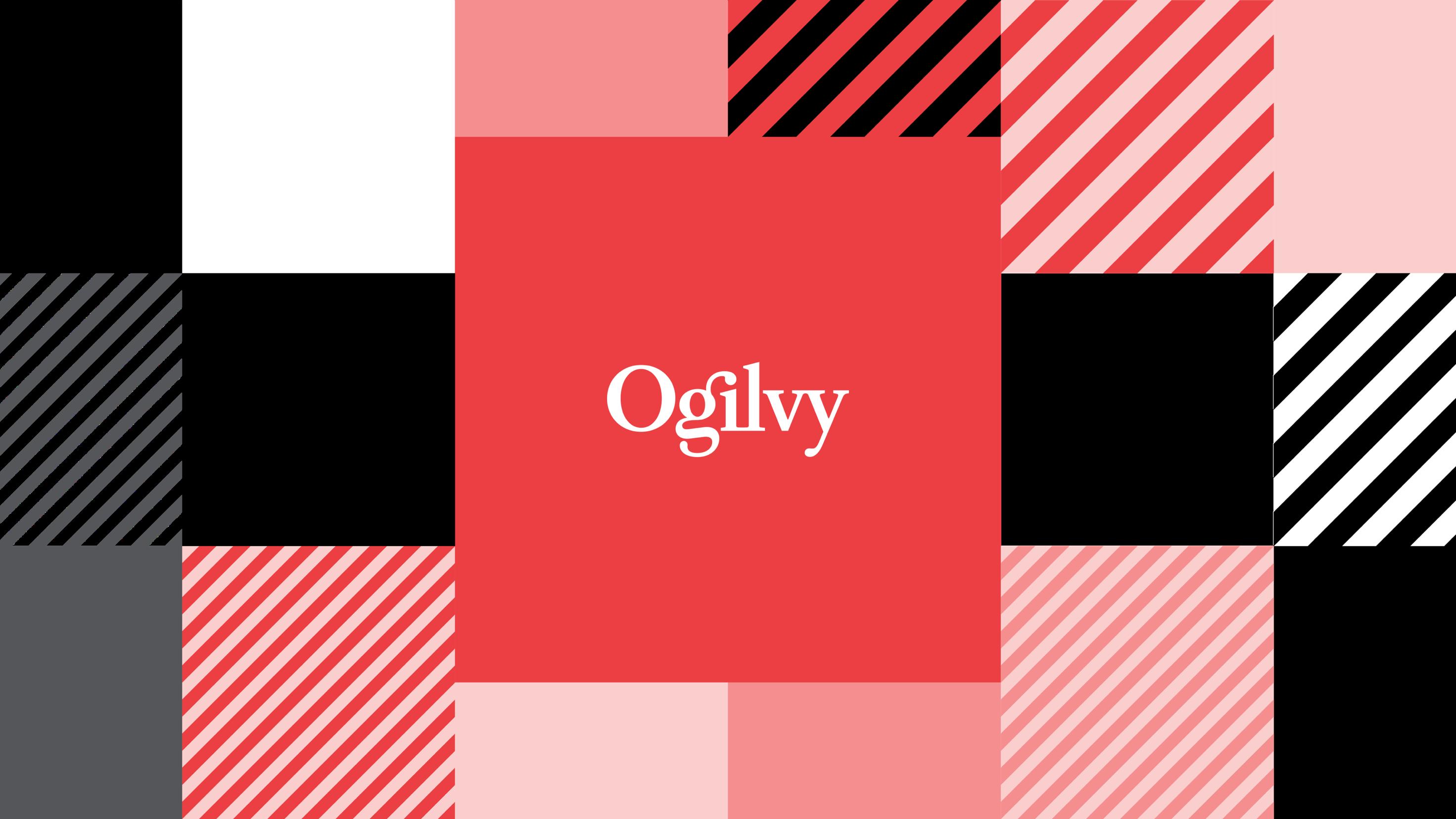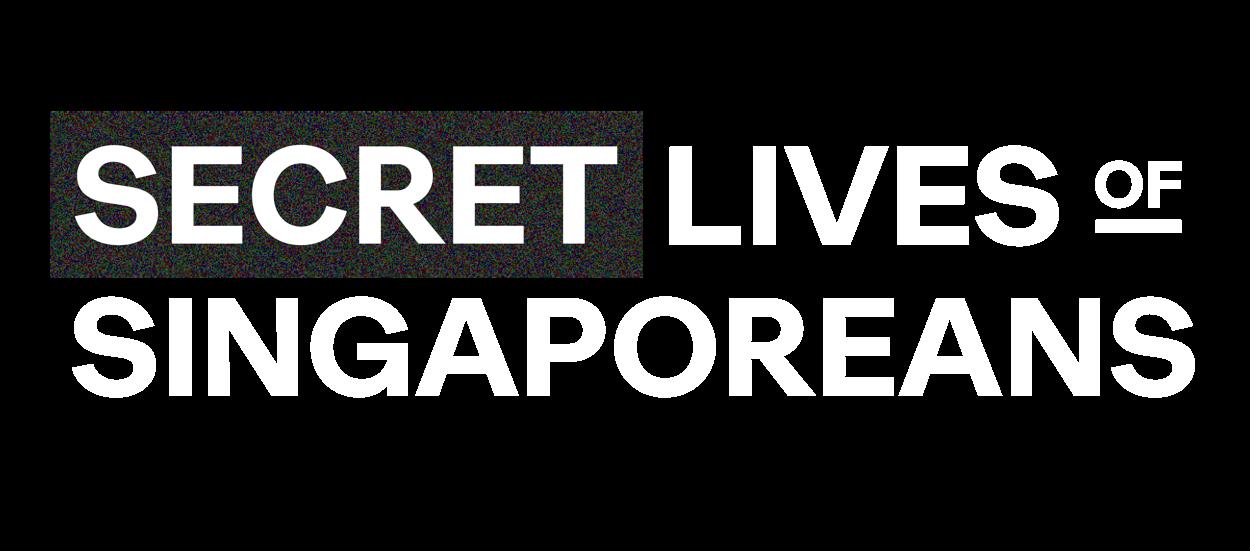
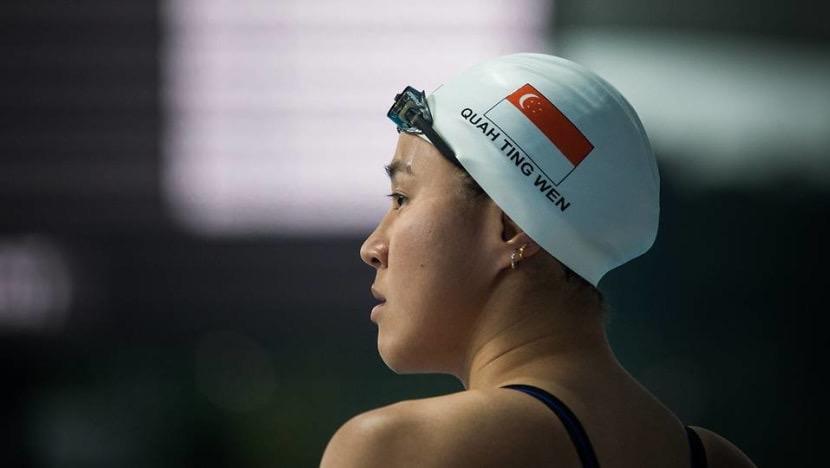





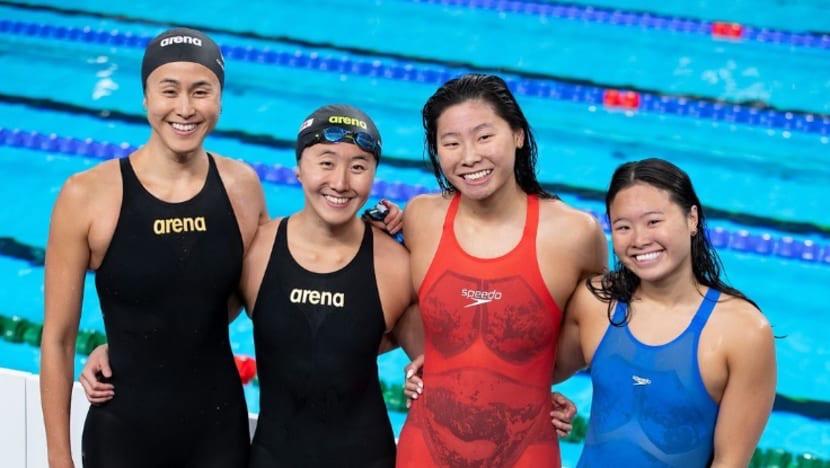
ONE THING PEOPLE ARE TALKING ABOUT:






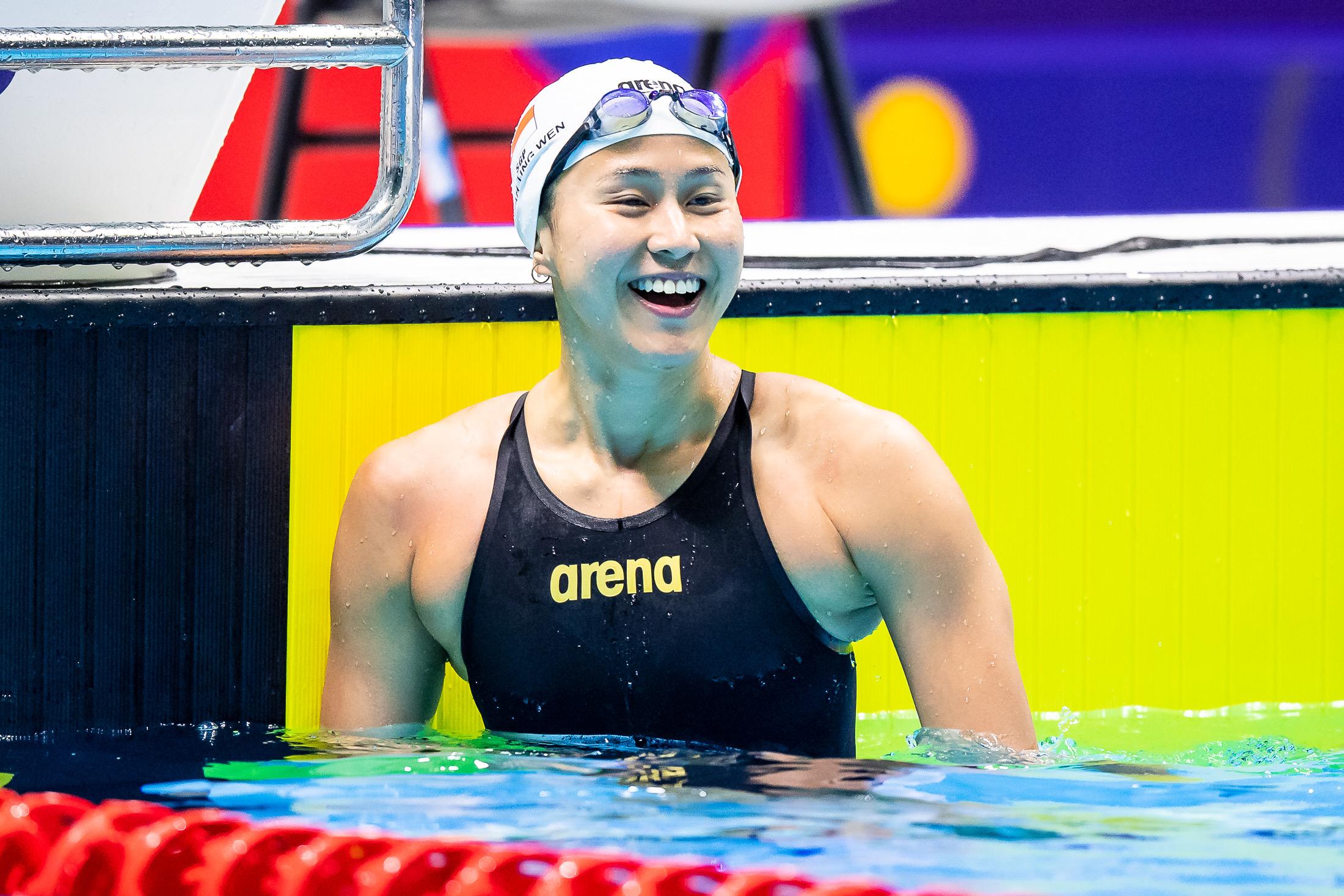
The Olympic selection controversy involving Singapore national swimmers Quah Ting Wen and Gan Ching Hwee has dominated headlines and social media chatter, with many expressing sympathy for Quah after she was dropped from the women’s 4x100m medley relay team, seeming in favour on Gan, following two failed appeals. The inconsistency in SAQ's communication and decisionmaking process led to confusion and frustration for both the members involved as well as the public, highlighting the need for clearer and more transparent policies.
The outcome of Quah Ting Wen's incident is indeed unfortunate; while the end results might have been the same, the SAQ could have better prepared the public and Quah herself with improved communication.
In times of handling sensitive topics, brands/organisations can consider these key pointers:
• Consistent and Transparent Communication
• Show Empathy and Sensitivity
• Develop Clear Policies and Crisis Management Plans
ONE THING PEOPLE ARE SEARCHING FOR:
ONE THING PEOPLE ARE SEARCHING FOR:
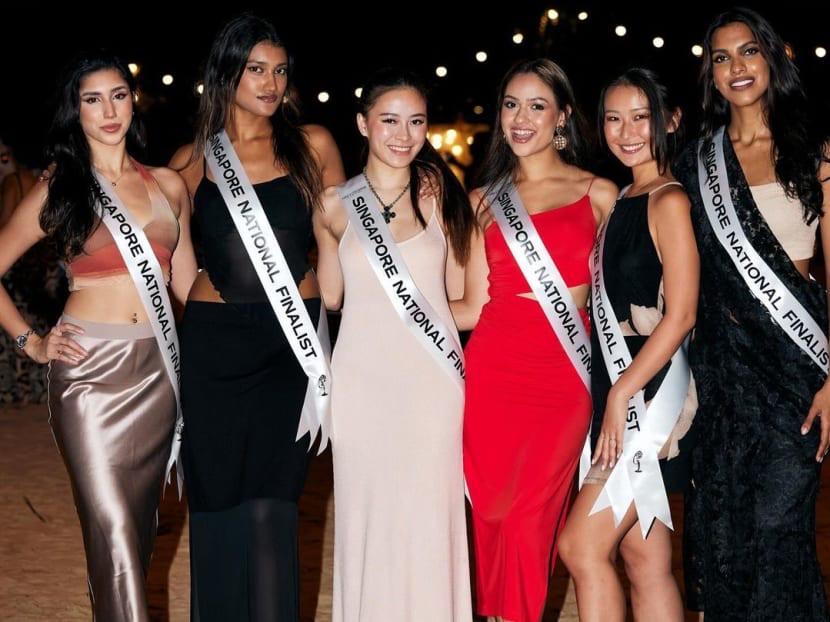






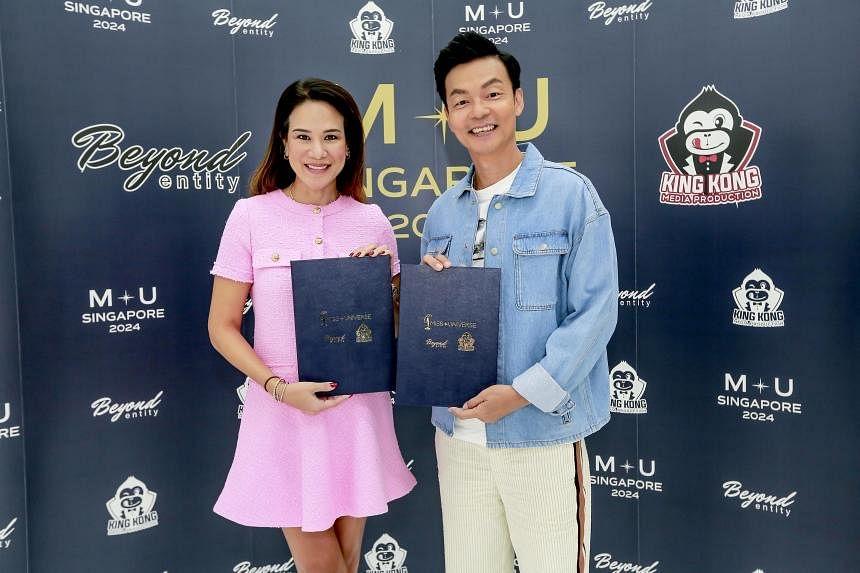
Joining the bandwagon of organizations’ continuous quest for inclusivity – the Miss Universe Singapore (MUS) is now expanding eligibility criteria for its 2024 pageant. Previously limited to single women aged 18-28 who had never married, the pageant now welcomes married, divorced, or mothers among Singaporean citizens, with no upper age limit (minimum age requirement of 18 years remains).
However, amidst these progressive changes, a minimum height requirement of 1.68m has been introduced for this year's contestants. This juxtaposition raises questions about the evolving nature of beauty standards in contemporary society.
Reassessing diversity policies: MUS's update to include married, divorced, and mothers aligns with evolving societal norms celebrating diverse womanhood. However, retaining a height requirement may indicate slower changes in beauty ideals. Reassessing DEI practices allows brands to embrace diversity, enhancing representation and credibility.
Engaging with communities to understand evolving expectations fosters stronger connections, supported by clear and open communication to prevent misunderstandings.
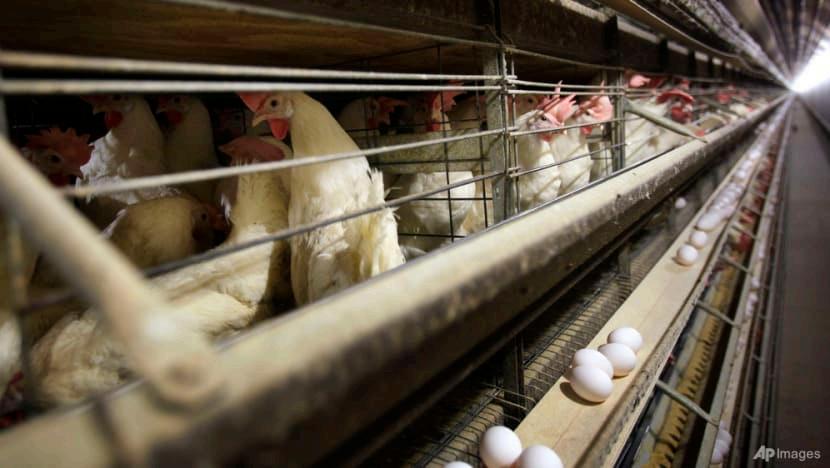
ONE THING THAT’S IN THE NEWS:






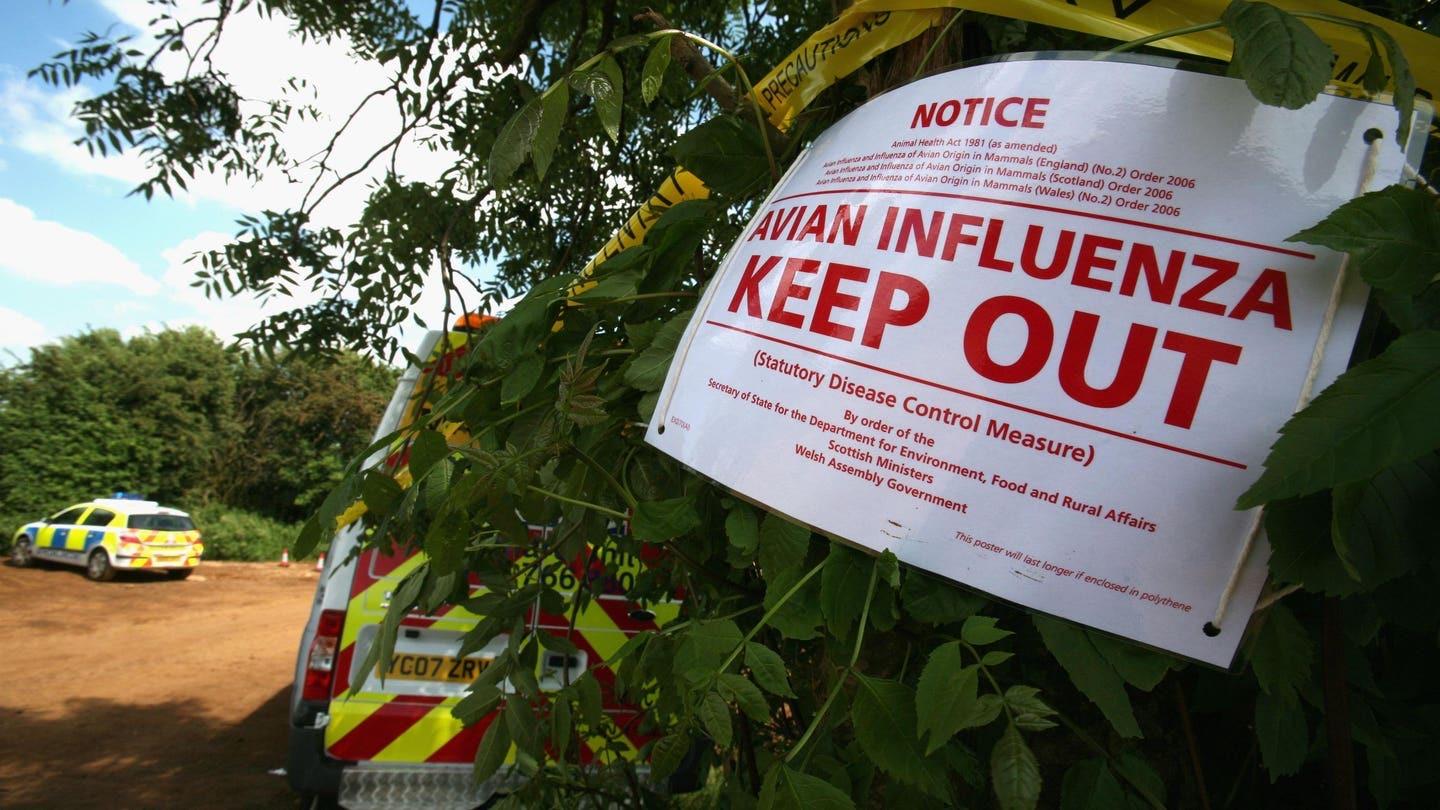
The World Health Organization (WHO) has voiced concerns over H5N1’s growing spread of late. Besides killing and causing the culling of millions of poultry globally in recent years which led to food supply disruptions, cases of human infections have also been reported in the US, Mexico, India and China.
Although bird-to-human transmissions are still relatively rare and there are no known instances of the virus in Singapore, there is still a chance that we might be affected by an uncontrolled outbreak: whether it is our food supply being affected, or even another pandemic breaking out.
Staying prepared: As COVID-19 becomes the new normal and people/businesses are starting to slide back to pre-COVID habits, brands and government agencies still need to remain alert for the next big disruption. If not already done, incorporate communication lessons learnt from the COVID-19 pandemic into SOPs, and keep them relevant and updated based on potential new threats such as these. We might never know when is the next time you need to communicate business changes or new working policies.

